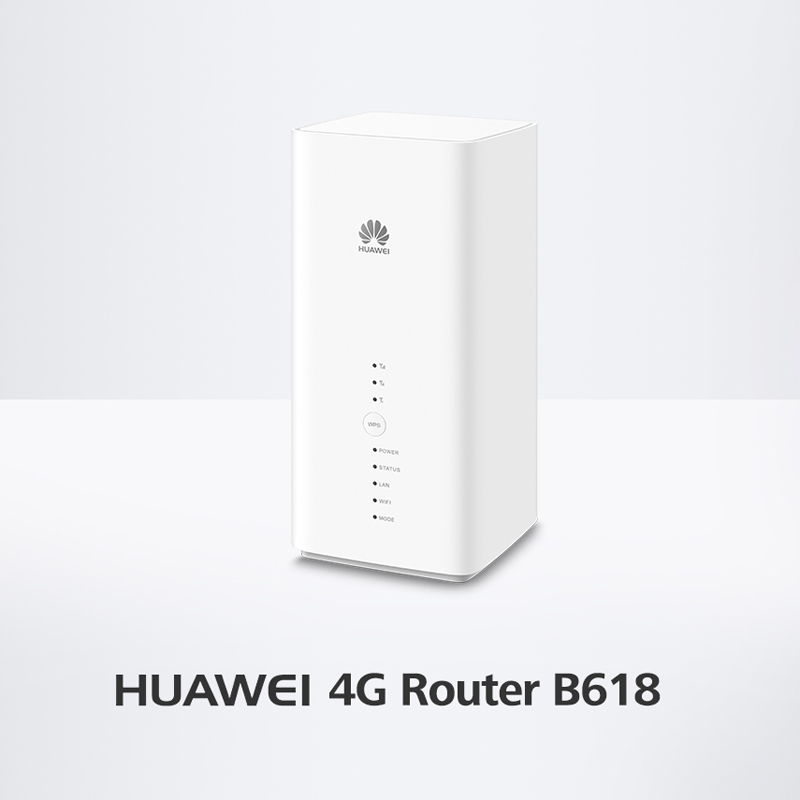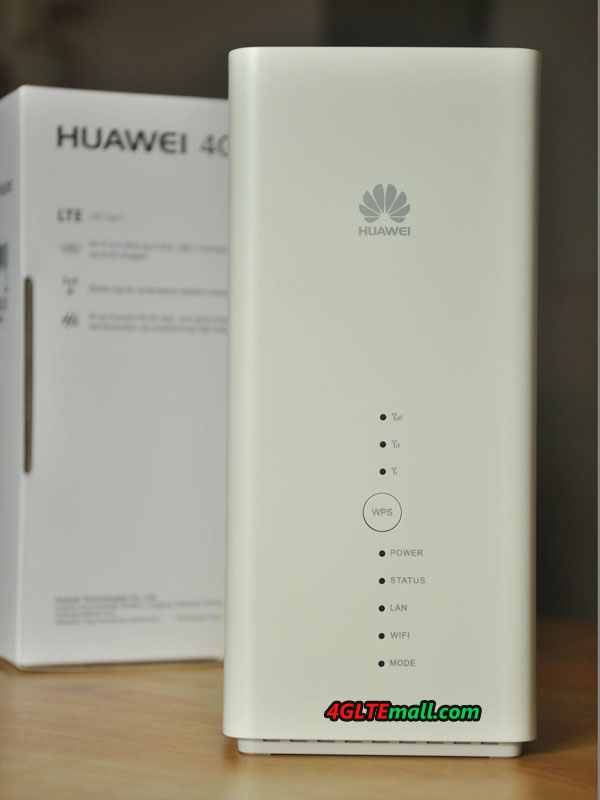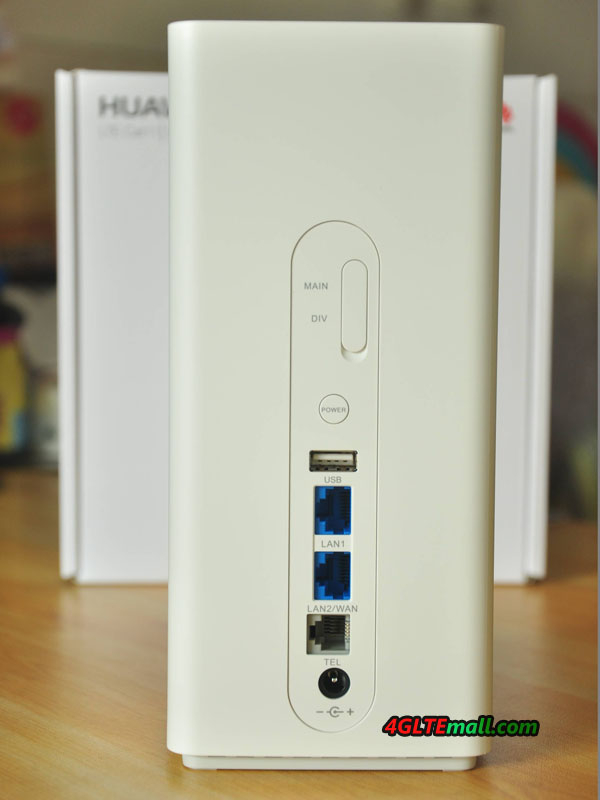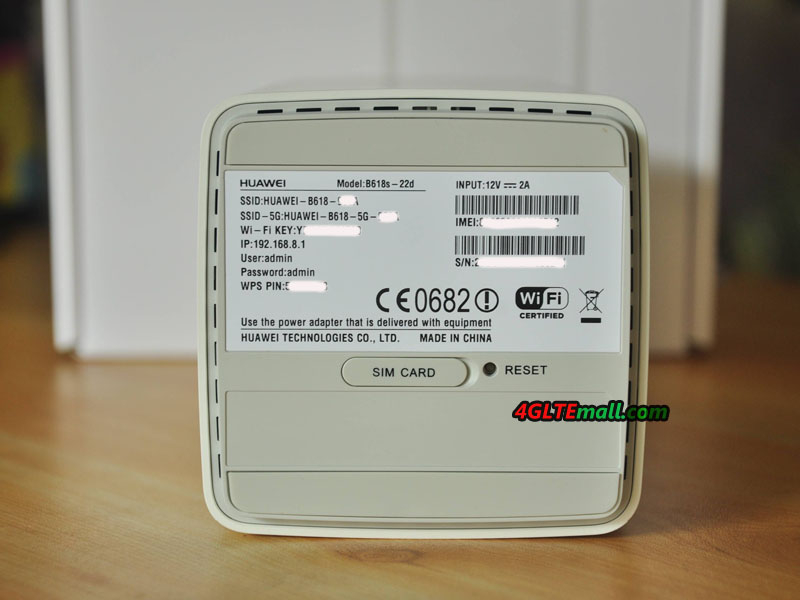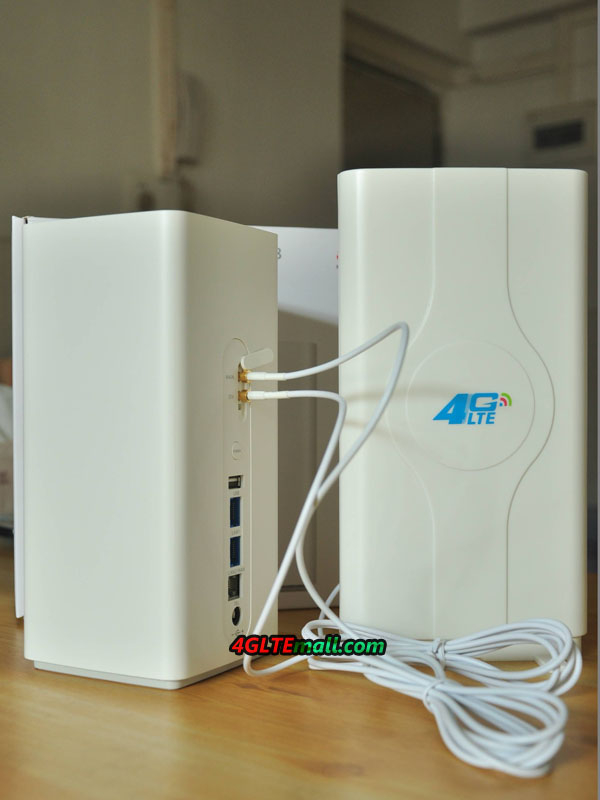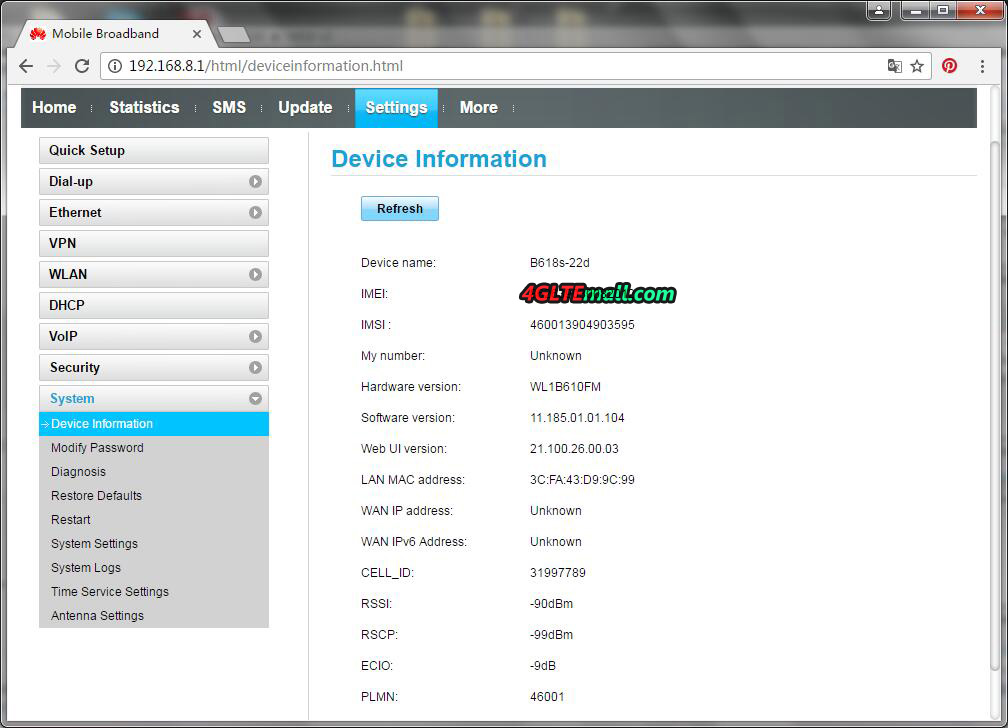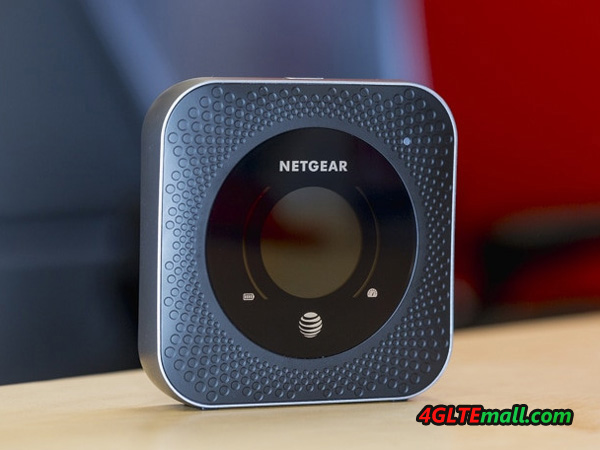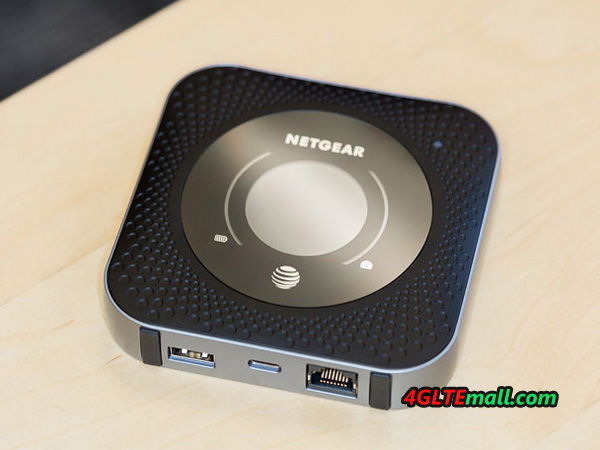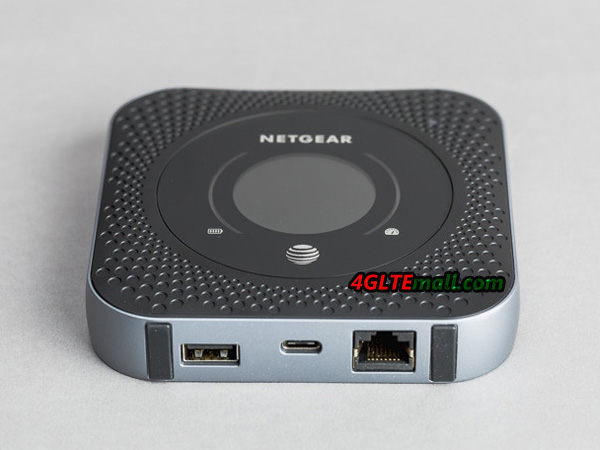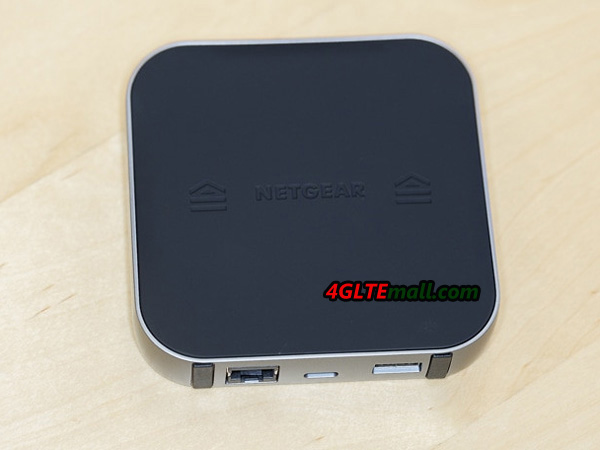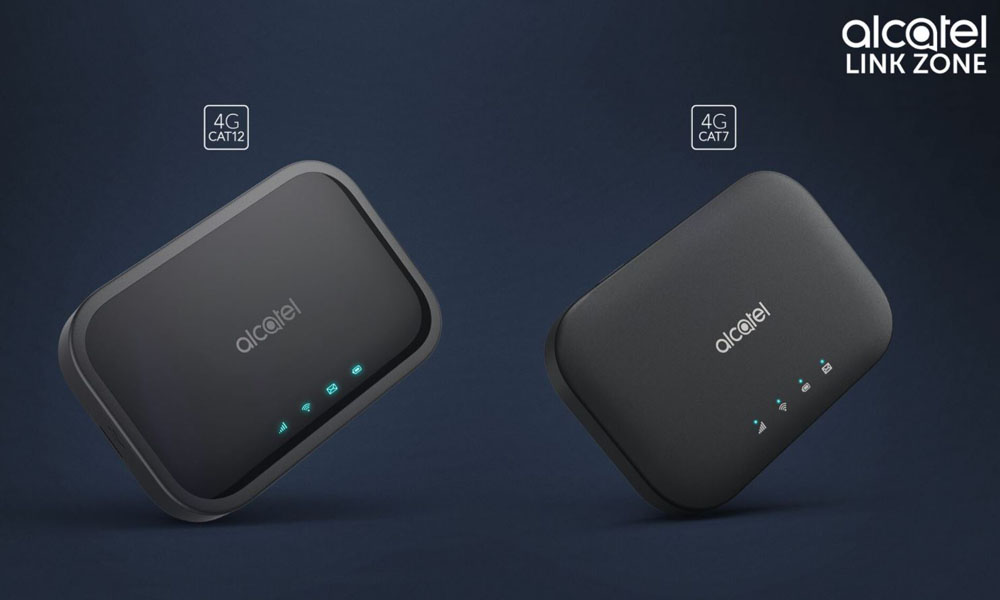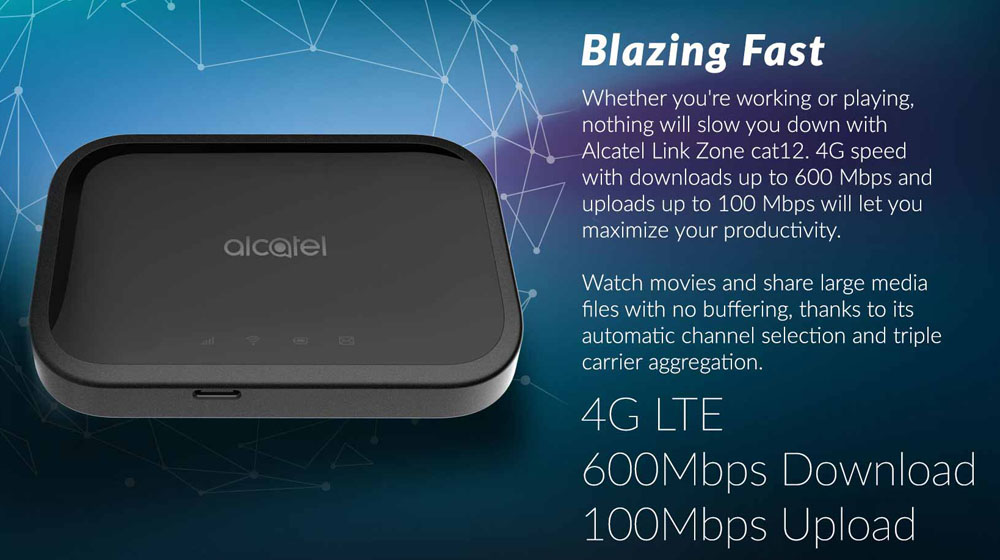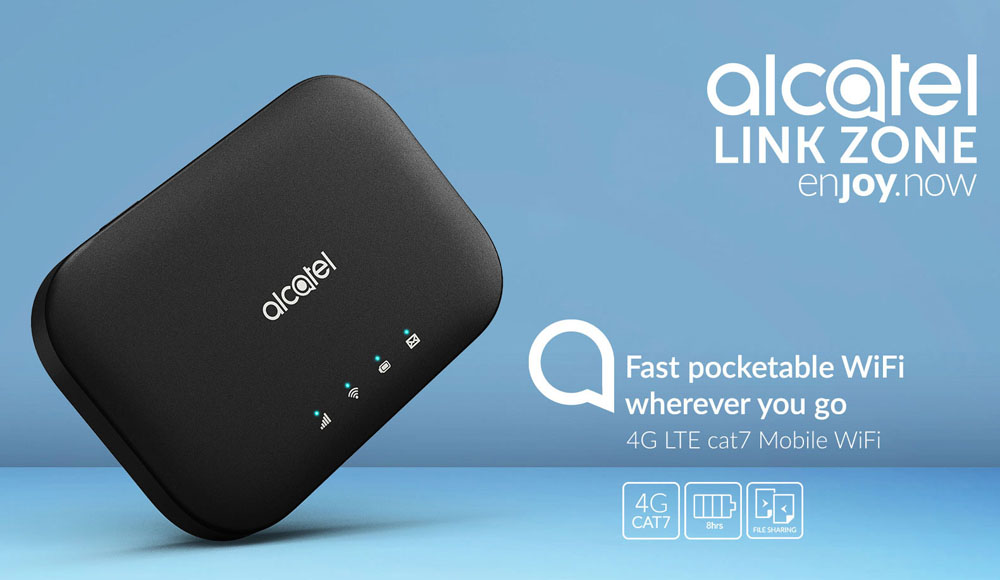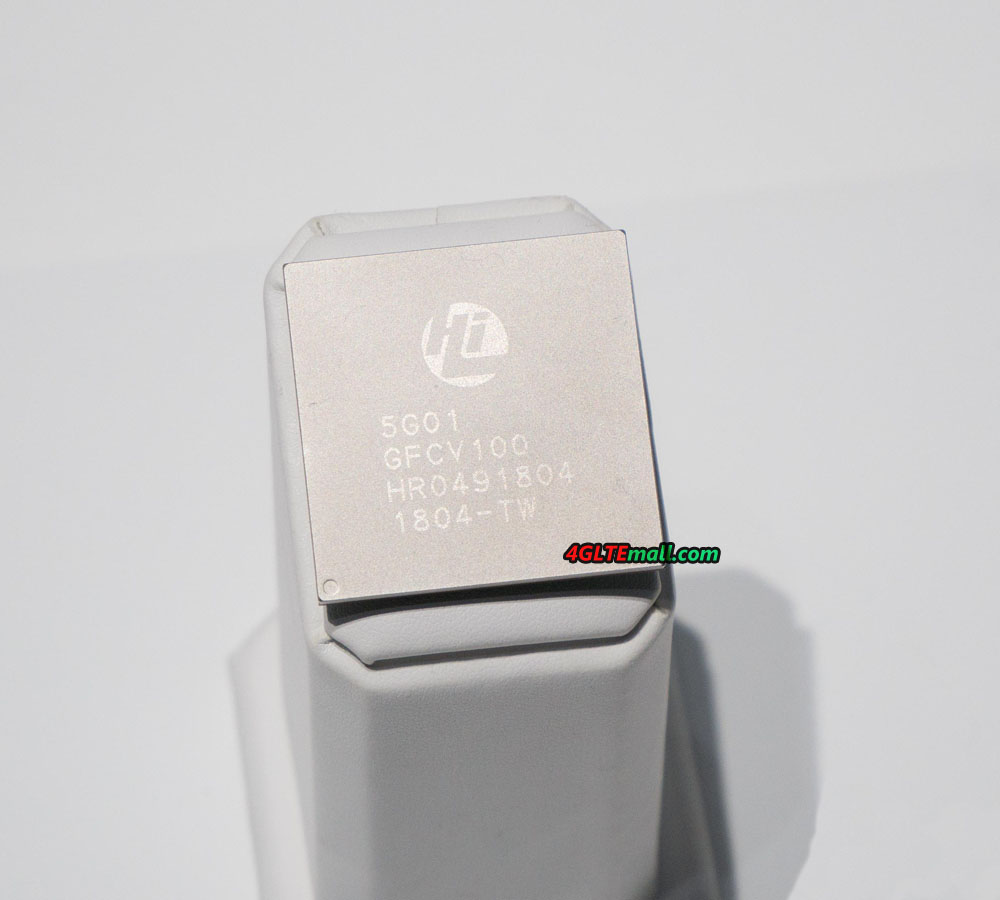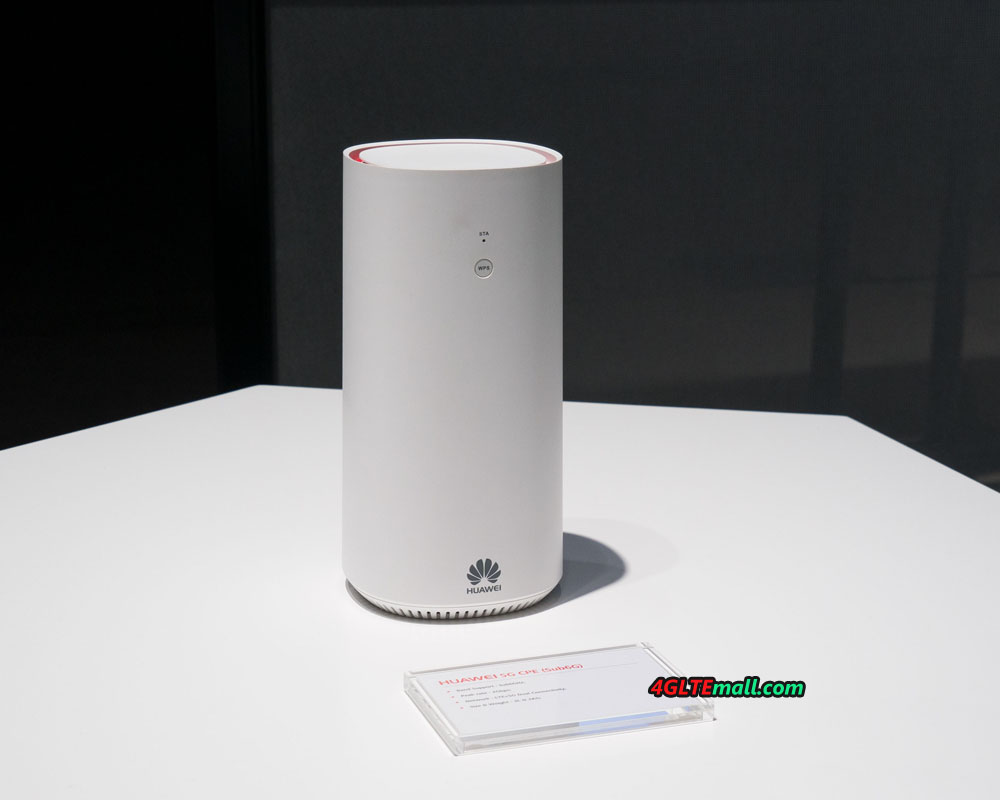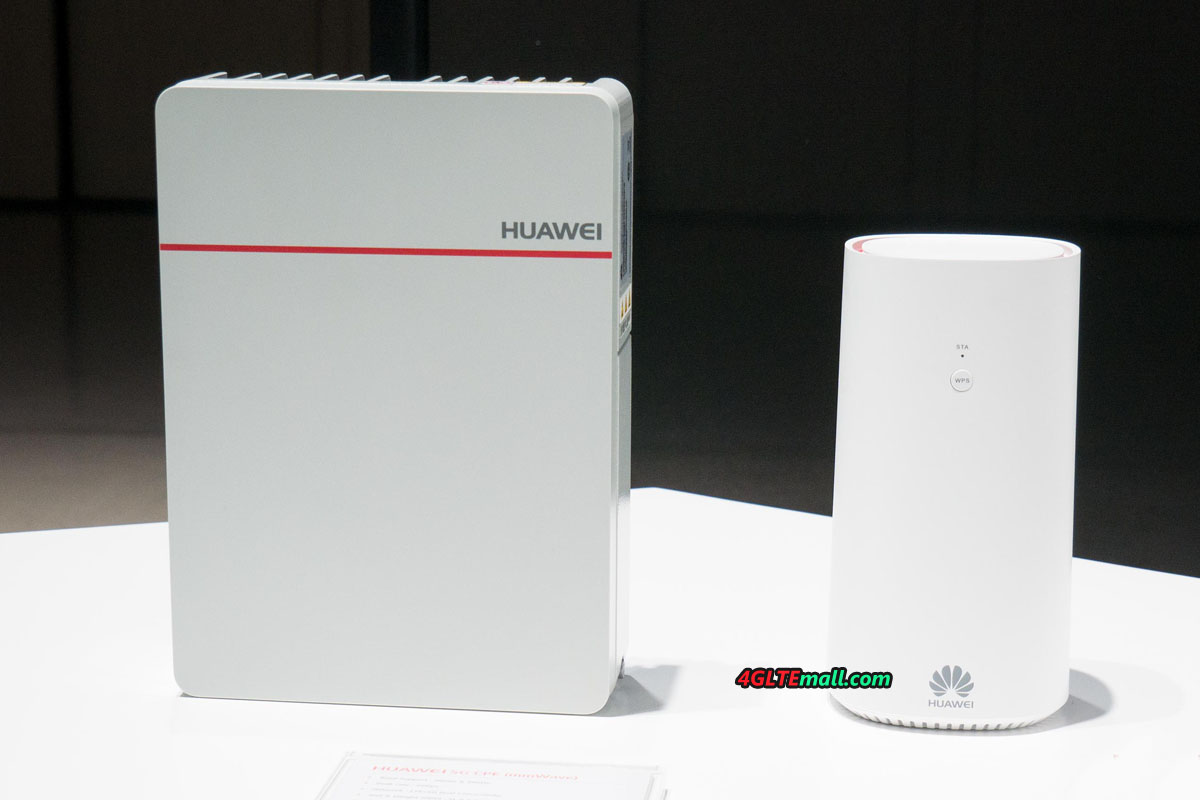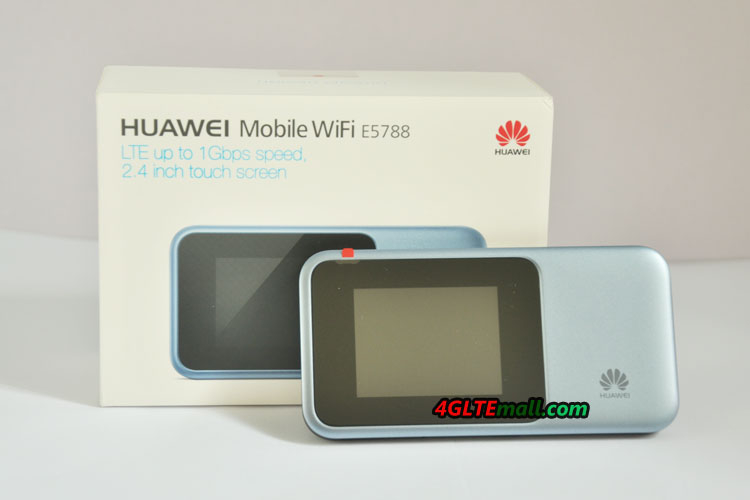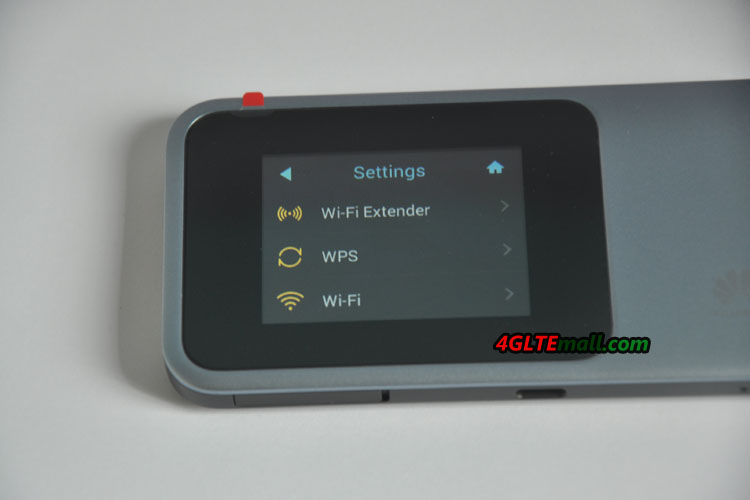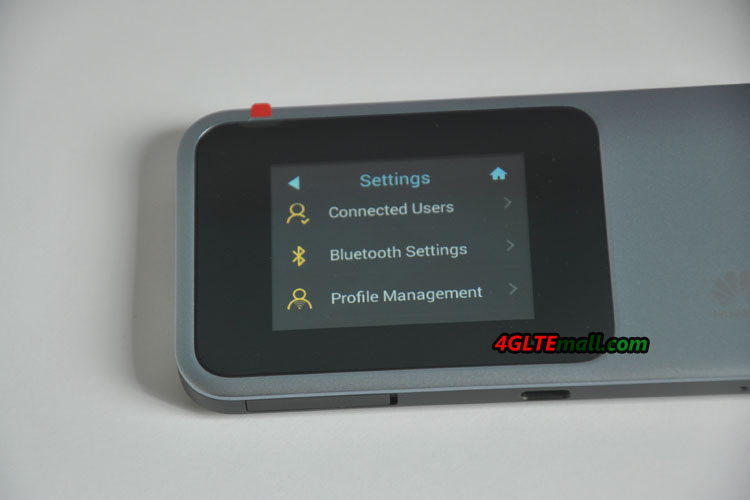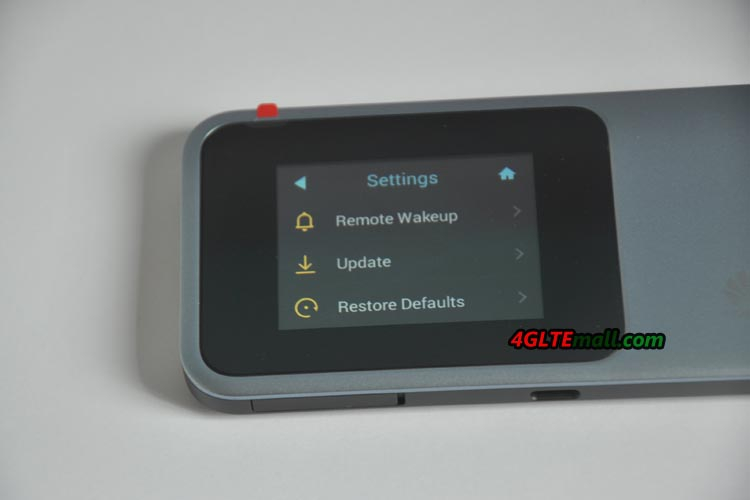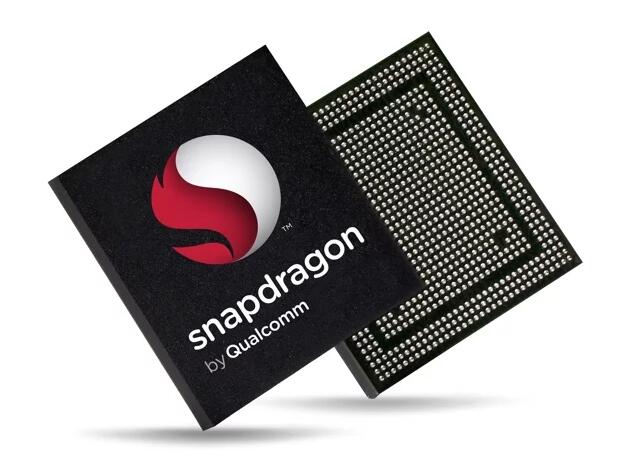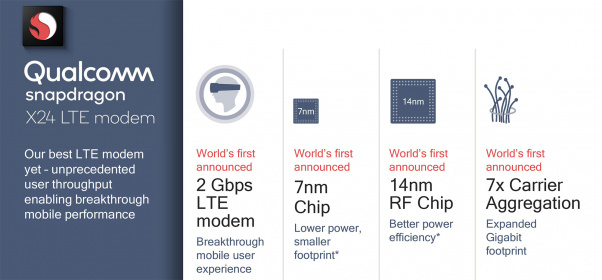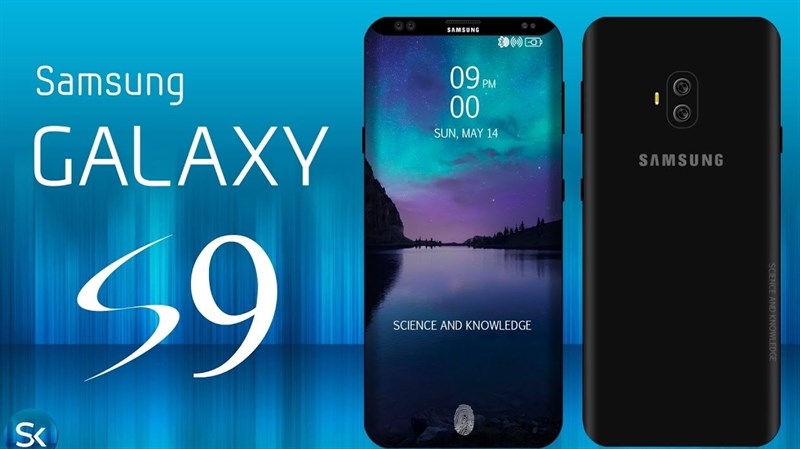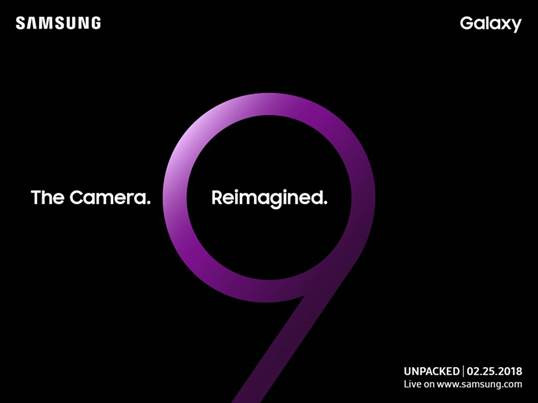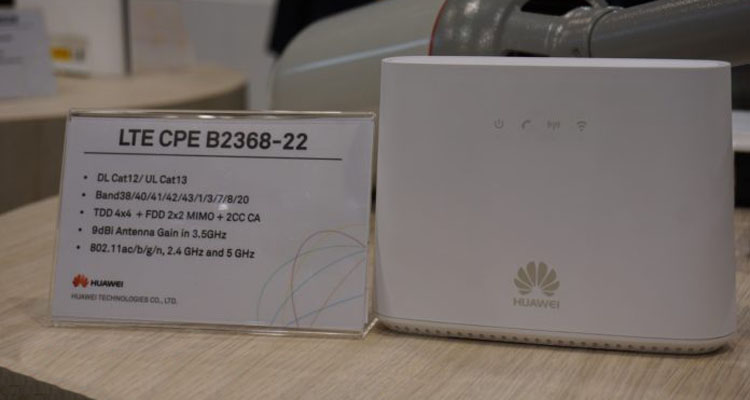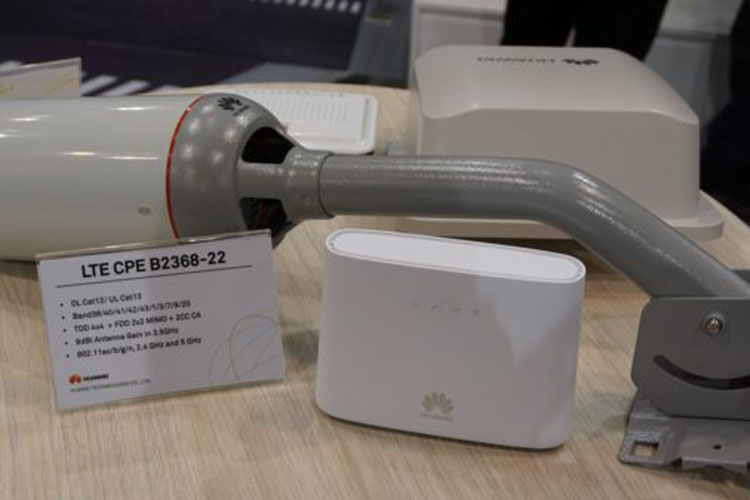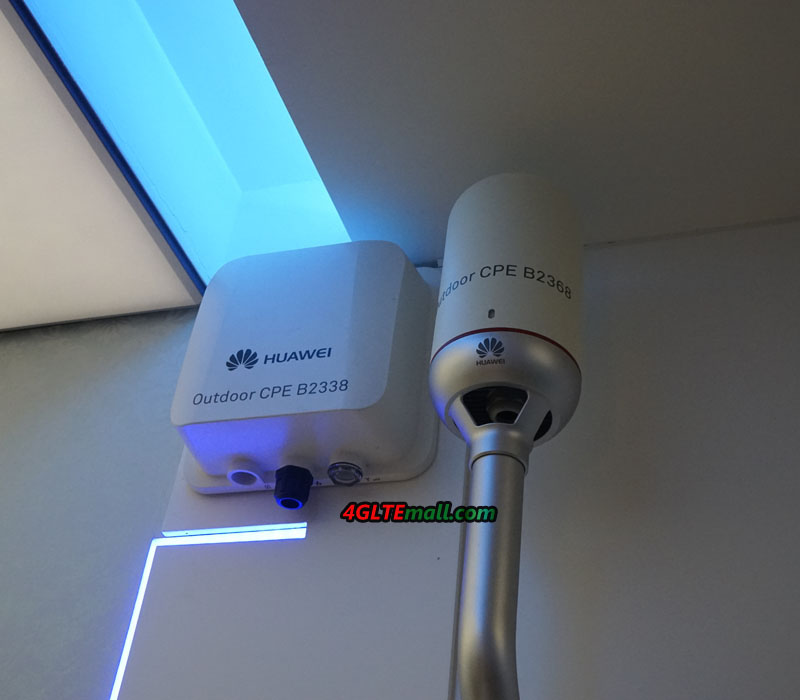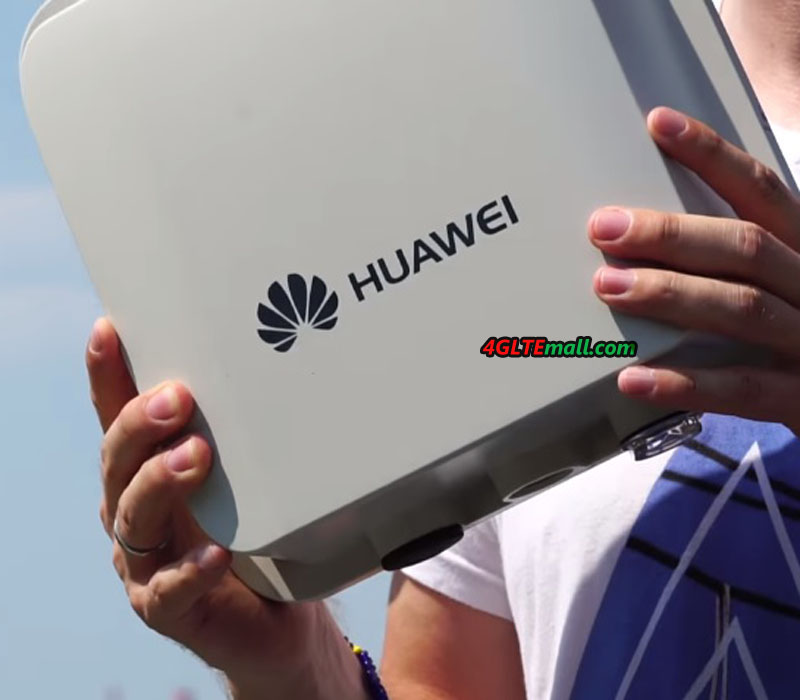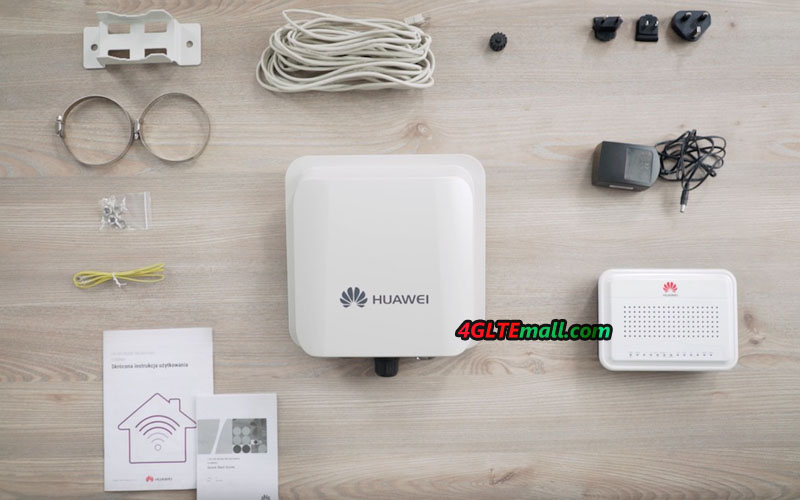For worldwide use in IoT applications, SIERRA WIRELESS presents the AirPrime EM7565, the first module with LTE Advanced Pro technology. The Canadian company once again proves its leadership in module solutions for IoT applications.
High Speed Mobile with LTE Advanced Pro
The Sierra EM7565 supports LTE Advanced Pro technology with carrier aggregation and 256-QAM modulation for significantly higher data rates. In the downlink, up to 600 Mbps transmission speed are possible and in the uplink, up to 150 Mbps is possible, which is twice to three times faster than previous solutions. This significantly speeds up data transfer for your application.
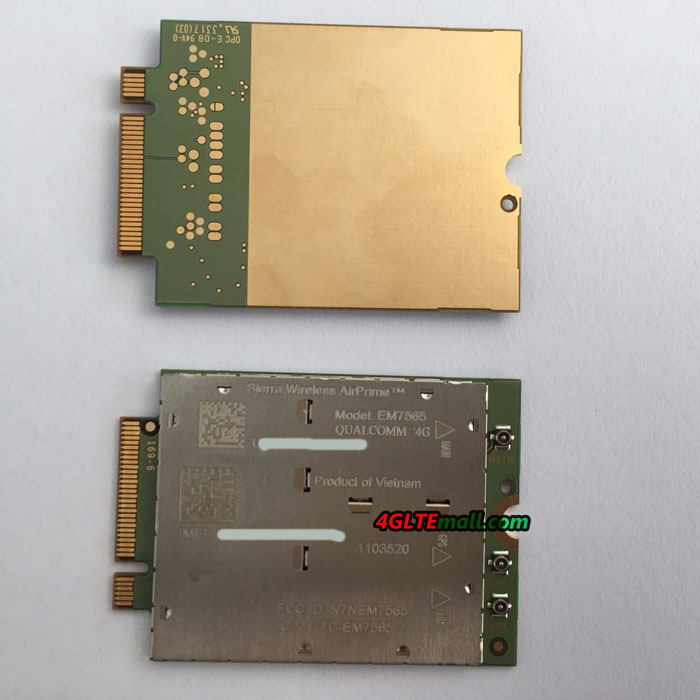
A LTE module for worldwide use
With support of 24 LTE frequency bands, the Sierra AirPrime EM7565 offers the possibility for use in LTE networks worldwide. The good cooperation between SIERRA WIRELESS and network operators worldwide is reflected in the carrier approvals for the module. With just one module, you can implement a worldwide applicable application with high-speed mobile radio. This reduces the number of different product variants and simplifies your logistics and production processes.
Other frequency bands for specialized applications
In addition to the EM7565 LTE advanced Pro module, additional modules with additional frequency bands for specialized applications follow.
- “FirstNet” LTE band 14 is specifically designed for public safety applications (police, fire brigades, emergency services, etc.)
- 5 GHz LTE for “private” LTE networks such as CBRS
- LTE in the license-free 5 GHz band (LTE-LAA) for higher data rates
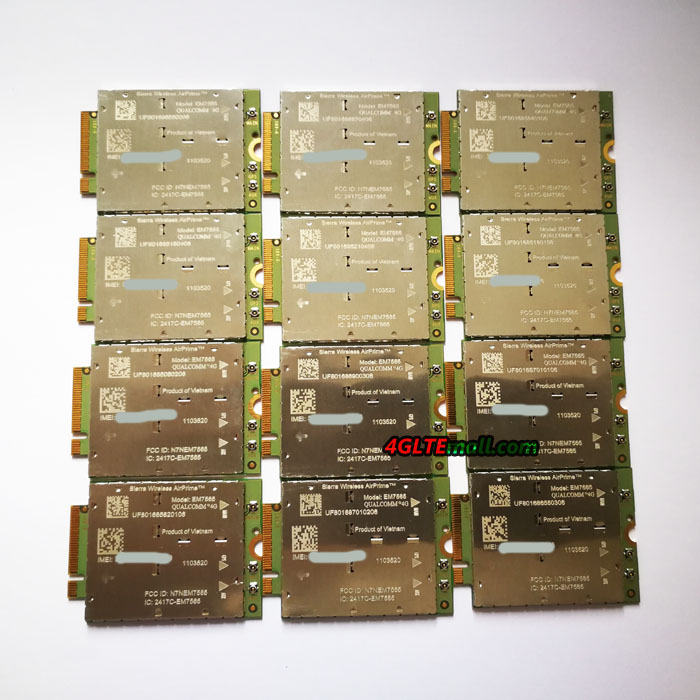
Position determination with GNSS included
In addition to mobile communication, the module also enables position determination with worldwide GNSS systems. With GPS, GLONASS, Galileo and Beidou, a reliable and accurate location is possible worldwide.
Fit for the future with FOTA
For the future-proofing of an application, it is often crucial that you can also update already delivered devices with firmware upgrades. Sierra Wireless offers “AirVantage FOTA”, a free platform for managing “over-the-air” firmware upgrades for your fleet of equipment.
M.2 form factor with USB 3.0
The modules of the EM series use the standardized “Next Generation Form Factor” M.2. This is significantly smaller and thinner than previous solutions in PCIe MiniCard format. The interface to the host CPU is a fast USB 3.0 connection.
Below are the general feature and specs of Sierra AirPirme EM7565:
4G LTE
- Category Cat-12
- Frequency bands B1, B2, B3, B4, B5, B7, B8, B9, B12, B13, B18, B19, B20, B26, B28, B29, B30, B32, B41, B42, B43, B46, B48, B66
3G
- HSPA + B1, B2, B3, B4, B5, B6, B8, B9
DATA SPEED
- Peak Download Rate 600Mbps
- Peak Upload Rate 150Mbps
LOCATION SERVICES
- Satellite Systems Galileo, Glonass, GPS, Beidou
EMBEDDED SOFTWARE
- Firmware Pre-certified firmware, Secure boot
- System Drivers Windows® 8, Windows® 8.1, Windows® 10, Linux Driver: Standard ECM, Android RIL
INTERFACES
- USB = USB 3.0, USB 2.0 High Speed
- PCIe = PCIe
- SIM interface 1.8V / 3V = 1
CONTROL OPTIONS
- APIs, AT Commands
HARDWARE
- Dimensions 42x30x2.3mm
- Antenna Diversity, MIMO, GNSS Bias, Connectors: Main, Aux / GNSS, GNSS
- Temperature Range -30 ° C / + 70 ° C ‘-40 ° C / + 85 ° C (TBC)
APPROVALS
- Planned Carrier AT & T, docomo, Telstra, Verizon, Vodafone
- Regulatory CE, FCC, GCF, IC, NCC, PTCRB
CLOUD SERVICES
- Free Unlimited FOTA upgrades, connectivity management option, device management option, application enablement option CONNECTIVITY
- Optional Ready-to-Connect Sierra Wireless embedded SIM
